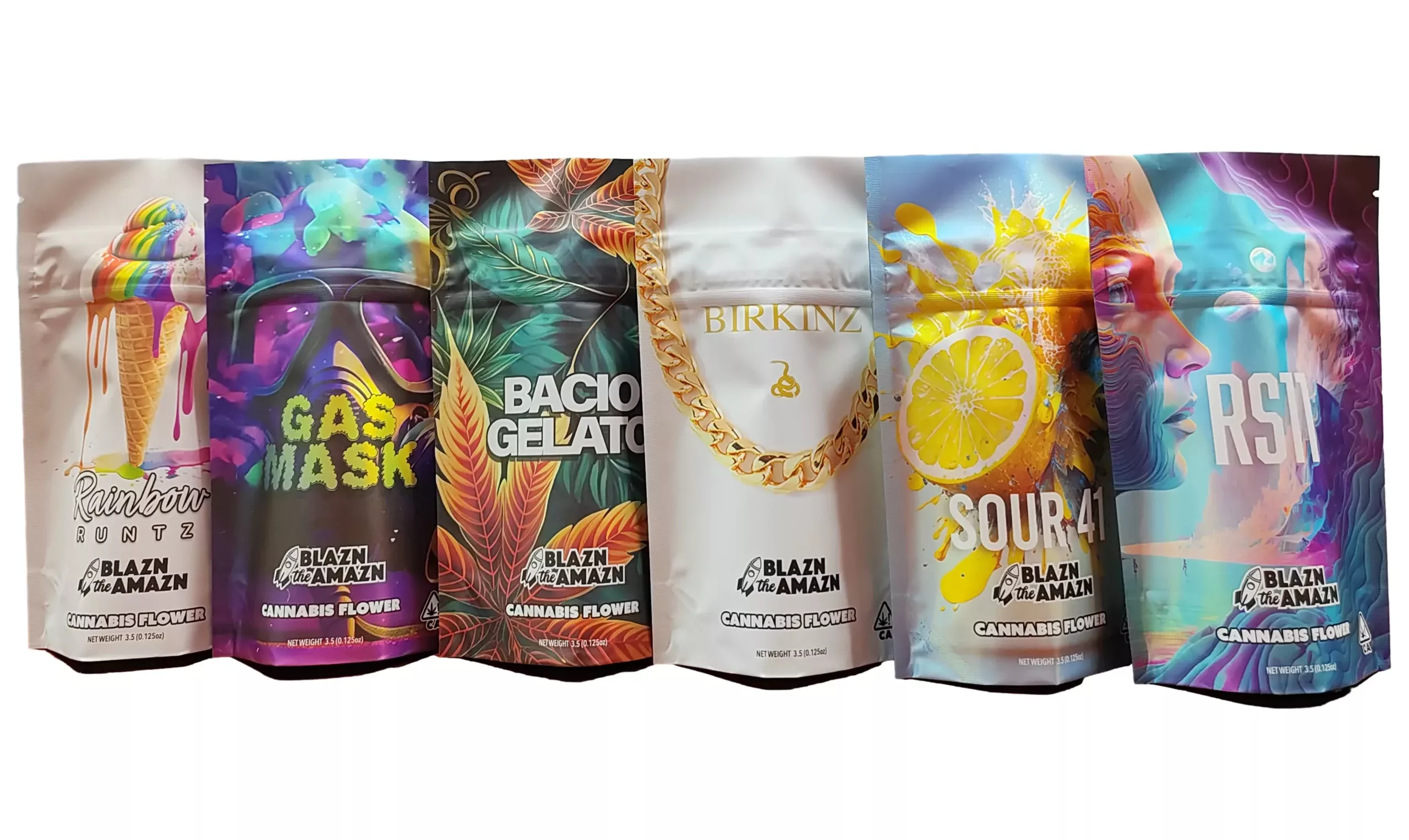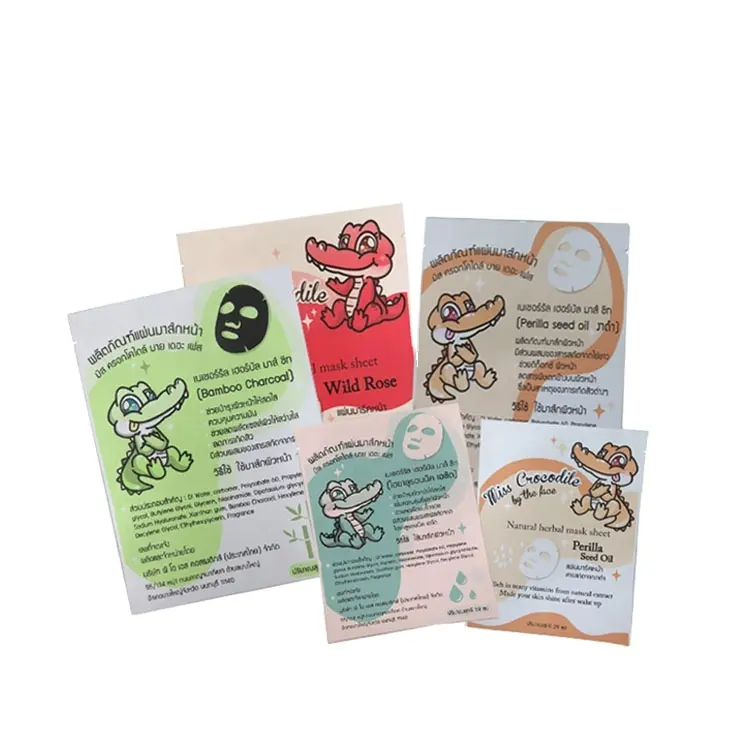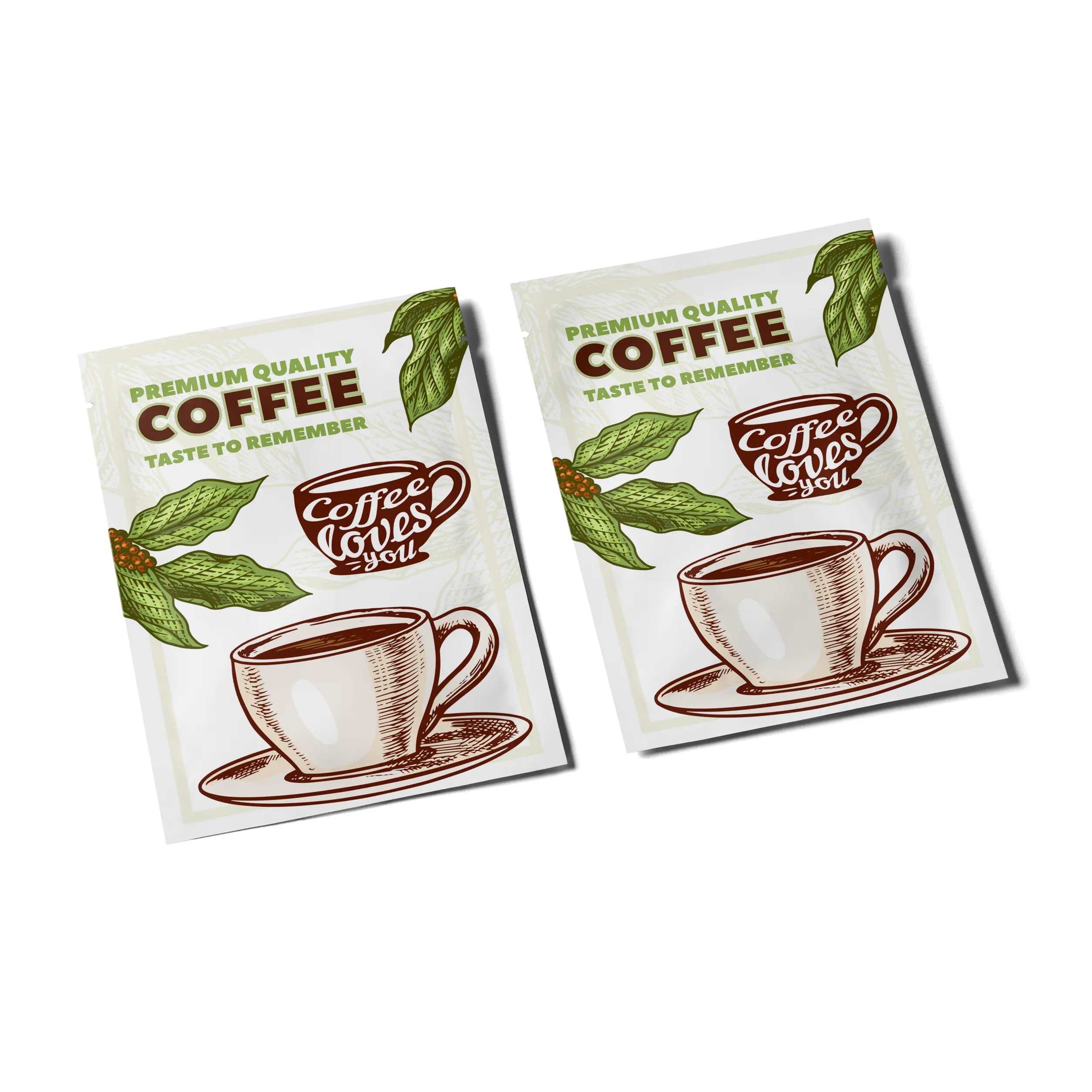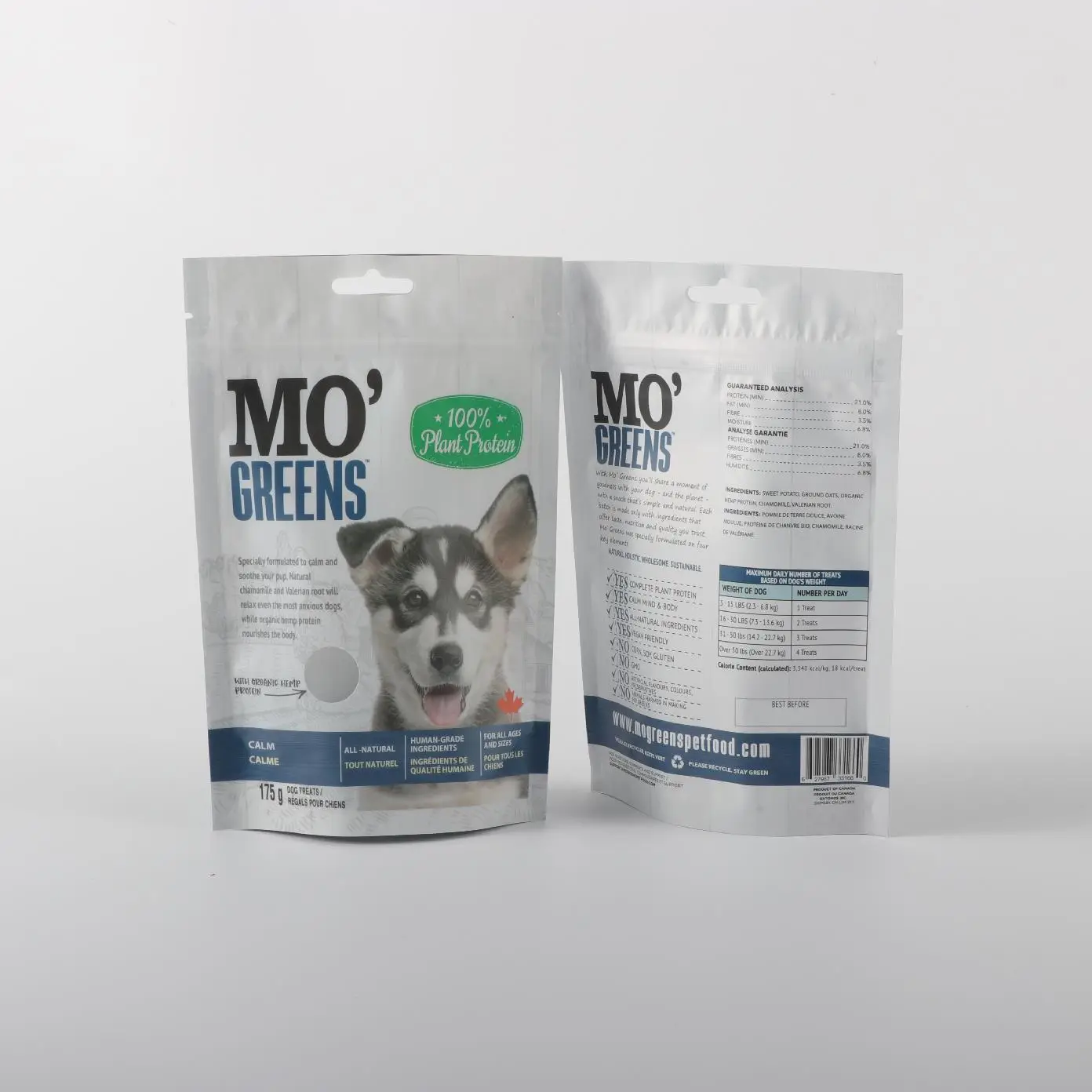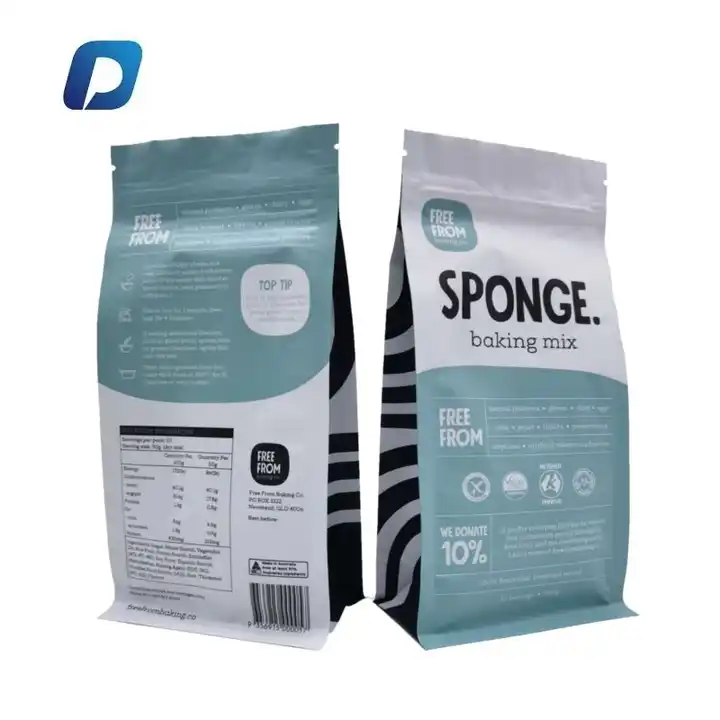Imagine this: You grab a bag of potato chips, eager to enjoy that satisfying crunch. You rip it open, only to find the bag seemingly half-empty. Disappointment sets in—did the manufacturer just scam you? Actually, no! There’s a scientific and practical reason behind this so-called “half-full” packaging, and it has everything to do with nitrogen gas. Let’s break it down so you’ll never feel shortchanged again.
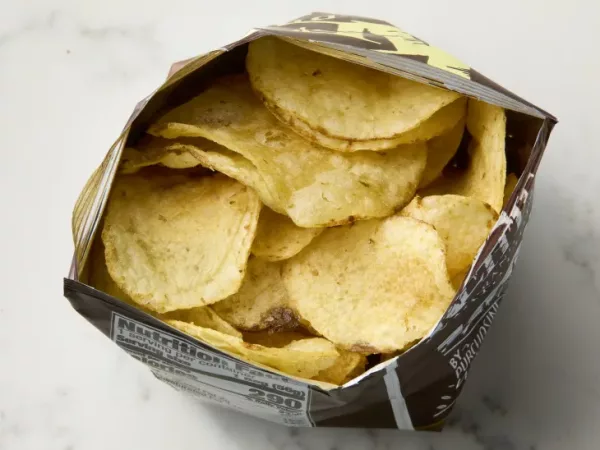
The Science Behind the Puff: Why Chips Need Space
When you pick up a bag of snack food, you’re not just getting chips—you’re getting a carefully designed package that protects them. That puffed-up appearance is due to nitrogen flushing, a process where manufacturers replace oxygen with nitrogen gas before sealing the bag. But why nitrogen?
- Prevents Stale, Soggy Chips Oxygen is one of the main culprits behind food spoilage. It reacts with oils in chips, causing oxidation, which leads to rancidity. Ever tasted stale chips? That’s oxidation in action. By replacing oxygen with nitrogen, manufacturers can extend shelf life and keep chips fresh and crispy longer.
- Protects Chips from Crushing Think of the nitrogen-filled space as a cushion. During shipping and handling, bags get tossed around. If the bag were tightly packed, chips would turn into crumbs before they even hit store shelves. That extra air keeps your snack intact, acting like a shock absorber.
- Maintains Crispness Nitrogen is inert, meaning it doesn’t react with food. Unlike oxygen, which can draw in moisture, nitrogen helps maintain that signature crunch. Without it, chips would be chewy, stale, and far from enjoyable.
Are You Really Getting Less Chips?
A common misconception is that brands are cheating consumers by selling air. But here’s the truth: the weight of the chips inside is exactly what’s stated on the package. The “empty” space, known as slack fill, isn’t there to trick you—it’s a necessary step in food preservation.
However, there have been cases where companies faced legal action for excessive slack fill. Some jurisdictions have specific regulations to prevent misleading packaging. That said, most brands strike a balance between product protection and consumer satisfaction.
Why Not Use a Smaller Bag?
If nitrogen is the solution, why not just shrink the packaging? Good question! The answer comes down to visibility, branding, and practicality.
- Visibility: Smaller bags might look less appealing on store shelves, making customers feel they’re getting less value.
- Branding: Companies design packaging to be eye-catching. Reducing the size might compromise branding space and product messaging.
- Protection: Even with nitrogen, a too-tight package could still lead to breakage. That extra room ensures chips stay whole, not crumbled.
Does Every Snack Use Nitrogen Packaging?
Not all snacks require nitrogen flushing, but most crispy, oil-based snacks do. You’ll find it used in:
- Potato chips & tortilla chips
- Popcorn
- Pretzels
- Certain types of nuts
On the other hand, products like granola bars or chocolate don’t need the same level of air cushioning since they’re less fragile.
How to Tell If a Bag Has Too Much Air?
While nitrogen is essential, some brands do overdo it. Here’s how you can check:
- Compare net weight: Always look at the weight stated on the bag. A larger bag doesn’t always mean more chips.
- Feel the bag: If it’s excessively puffy with minimal content, you might be looking at excessive slack fill.
- Research brands: Some companies are more generous than others. If you consistently feel shortchanged, it might be time to try a different brand.
Final Thoughts: It’s Not a Rip-Off—It’s Science!
The next time you open a bag of chips, remember—it’s not a scam, it’s smart packaging! That extra air isn’t just there to take up space; it’s a vital part of keeping your snack fresh, crisp, and protected. Without nitrogen, your favorite chips wouldn’t have the same satisfying crunch you love. So next time, instead of feeling frustrated, appreciate the science behind your snack bag. After all, isn’t the first bite always worth it?


